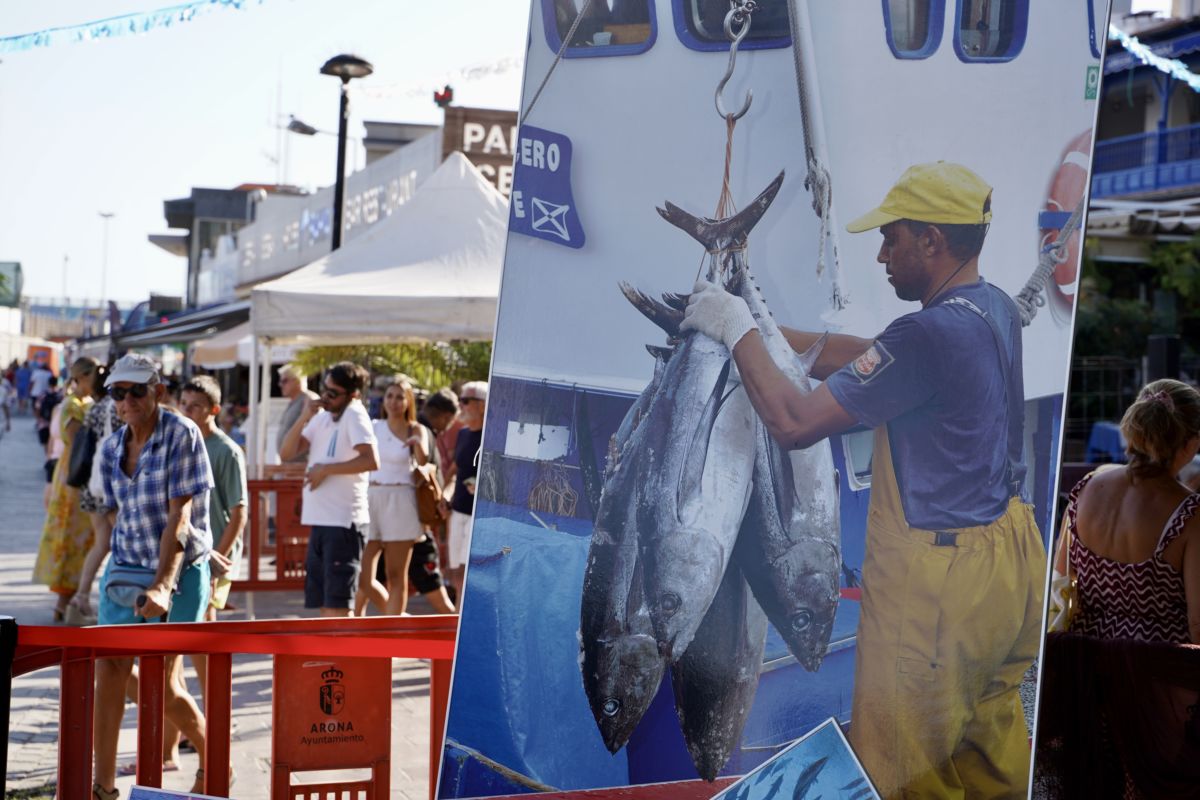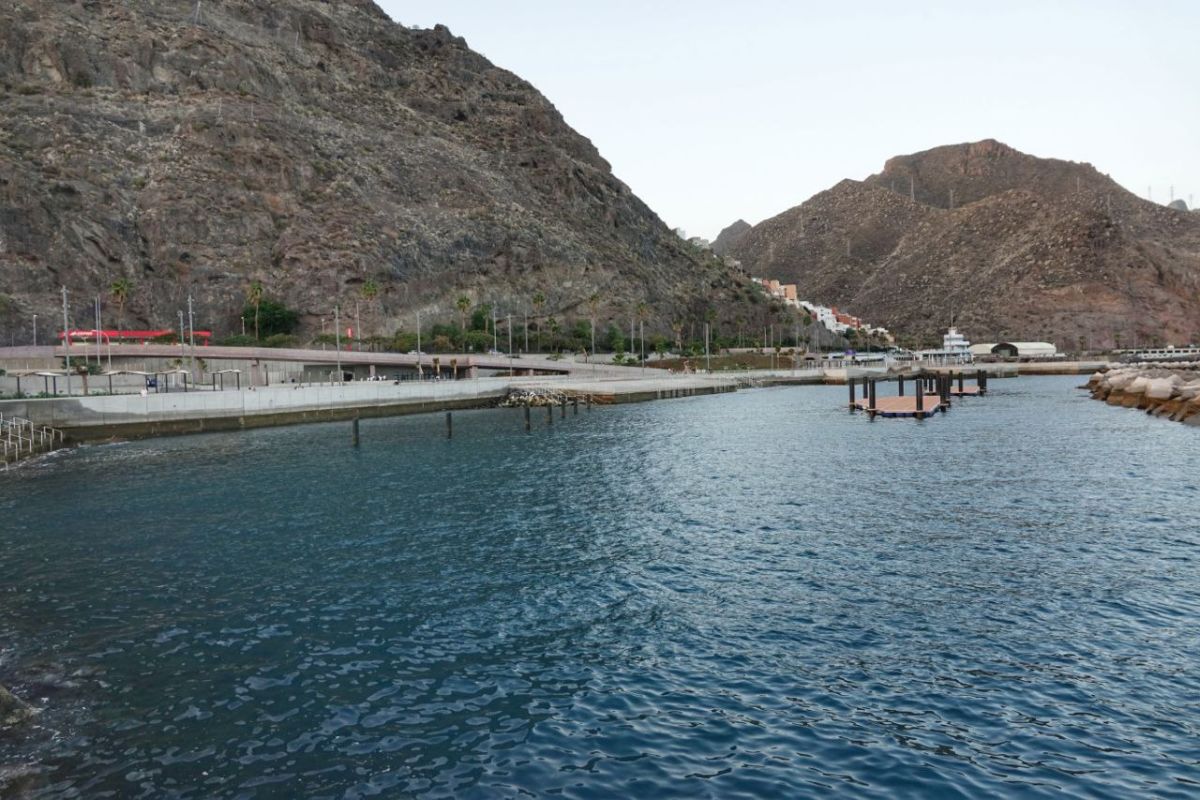
«Fires are extinguished in winter». This phrase has been repeated in recent weeks like a mantra during the numerous fires that have devastated large areas of forest on the mainland. More than 400,000 hectares have burned—double the size of Tenerife—amid growing criticism over the lack of resources and, especially, the absence of prevention programmes.
Do the municipalities of Tenerife, an island with a high risk of wildfires, have planning tools to extinguish the flames in winter? The answer is no.
2 out of 31
Only two of the 31 municipalities on the island have a specific municipal action plan against fires. The last one to be approved, and the most developed, is that of El Rosario. It was homologated by the Ministry of Territorial Policy of the Government of the Canary Islands on 11 December 2024, and experts consider it an «exemplary» document that should be used as a «model» by other councils, especially those exposed to the ravages of flames like the municipality of El Rosario.
The other Tenerife municipality with such a plan is San Cristóbal de La Laguna. The regional government endorsed it on 5 May 2014. The council in La Laguna is currently working, 11 years later, on updating it in light of the new challenges posed by a threat that evolves due to climate change and the abandonment of large agricultural areas that become overgrown and turn into fuel for fires.
Specific Plans
These specific civil protection plans are part of the overall municipal emergency programmes (PEMU). In the case of municipalities, they focus on planning and prevention. The organisation and means for extinguishing fires—forest brigades, ground and aerial resources, monitoring the fire’s evolution—are the responsibility of the supra-municipal administrations: the Cabildos and the regional and state governments, depending on the severity of each fire.
The Special Civil Protection and Emergency Care Plan for Forest Fires in the Canary Islands (Infoca), established in 1997, already stipulates the need to create these specific local plans. It requires municipalities to integrate an organisational structure and response procedures into their regulations. Among these requirements is the zoning of territory according to risk and its possible consequences, allowing for the adoption of measures aimed at prevention or support for operational deployment.
Everyone Should Have One
The PEMUs incorporate this ever-present threat in municipalities with forests in the Canary Islands, but authorities such as Marcos Lorenzo, Deputy Minister for Emergencies of the Canary Government, believe it is appropriate for all to have a well-developed special anti-fire plan, as have El Rosario and La Laguna. «Having these specific programmes focused on prevention is common sense given the high risk present in many municipalities of wildfires and the possibility that these fires could affect public and private property or even people», he explains.
Marcos Lorenzo is acutely aware of the importance of these tools in the municipal structure. He was the mayor of Tijarafe in La Palma from 2017 to 2023, a locality exposed to fire. He confirms that only two of the 31 municipalities in Tenerife have a special fire plan, and at the regional level, there is only one more: El Paso in La Palma, homologated on 30 April 2021. This means that out of the 88 municipalities in the Canary Islands—50 of which have different levels of wildfire risk—only three have this instrument.
Marcos Lorenzo admits that some councils wish to join El Rosario, La Laguna, and El Paso, including Tijarafe. «These coordination tools are important because they not only outline risk maps and what each area must do in an emergency or what measures to adopt to minimise hazards, but they also include awareness programmes so that residents, especially those living in interface zones—i.e., the border between populations and forest—are informed», the deputy minister states.
«There are many more factors to consider than people think», Marcos Lorenzo points out. For example, suitable tree species for landscaped areas of homes located on the edge of a forest, or treatments for the wood of doors and windows. Or even planning the best routes for urgent evacuations in areas where roads tend to be narrow.
To enhance the knowledge of islanders in the face of the fire challenge, the regional government is finalising a project called the Preventive Wheel. This is being developed in conjunction with one of the most engaged social groups in forest management: Fénix Canarias. It consists of brochures shaped like a wheel of fortune, which when spun, point to basic questions related to fire prevention and include the answers.
Forest engineer Roberto Castro is a member of Fénix Canarias, which promotes initiatives across all the islands. In his opinion, the intense moments experienced this summer due to multiple blazes on the mainland are «a wake-up call about the need to strengthen the risk culture and consequently create planning tools». He believes that both Spain in general and the Canary Islands in particular «have much to improve».
«Recent images show residents having to face the flames without any help or knowledge, or those who criticise the lack of resources and the organisational disaster of the competent authorities», emphasises Roberto Castro. He believes that the decision made by the councils of El Rosario and El Paso to advance a well-developed preventive plan positions them «many steps ahead at the regional and national level», making them «an example to follow».
Professionals like this engineer from Fénix Canarias believe that organisation and foresight have much more impact than a larger fleet of helicopters and firefighting planes. Another expert who has valuable insight into this matter is Abel López, a Doctor of Geography from the University of La Laguna (ULL) and a member of the Disaster Risk Reduction and Resilient Cities Chair at ULL.
It was precisely this leading chair at a national level that prepared the Emergency Action Plan for Forest Fires for the Council of El Rosario and updated the superior planning tool for all emergencies, the PEMU. It collaborates with other councils such as La Laguna to improve these management instruments. According to Abel López, «El Rosario has been a pioneering municipality in prevention policies, not only in Tenerife but in the Canary Islands». «The goal is to coordinate measures and resources that would need to be mobilised in the event of a wildfire, as well as to adopt all possible initiatives to reduce danger», he elaborates.
Given his specialisation, Abel López possesses sufficient data to assert that fires evolve with global warming and are becoming more uncontrollable. «Climate change increases the fire’s capacity to incinerate», he recalls. «It burns much more fossil fuel than before because the forest mass is drier and less humid». López mentions a phenomenon that has arisen with the gradual rise in temperatures: sixth-generation fires. «It can be considered that the fire in 2023 in Tenerife was of the sixth generation. It created its own climatic conditions, which not only accelerated its destructive capacity but complicated its extinguishment».
This natural disaster in 2023, which miraculously resulted in no fatalities among the population or significant damage to public and private property, despite affecting 13,977 hectares, particularly impacted El Rosario. Hence, its mayor, Escolástico Gil, worked hard to implement the specific plan already in place at the council. «In 2023, we were on the brink of suffering an even greater tragedy, just as last year when some outbreaks near an area known as Las 66 viviendas, in La Esperanza, and another in Montaña Perera almost obliterated Lomo Pelado», recalls Escolástico Gil.
Creating… and Updating
It is no longer just crucial to have a framework for action but also to keep it updated, as Roberto Castro and Abel López remind us. In the case of La Laguna, it was homologated by the Canary Government in 2014, but the council approved it earlier, in 2011. It contains outdated information and does not account for new infrastructures. Therefore, La Laguna is already working to update not only the fire plan but the entire PEMU.
The last two summers have been mild in Tenerife following the catastrophe of the 2023 fire. The reinforcement of surveillance measures, with an island-wide operation involving unprecedented collaboration from the Army and security forces such as the Civil Guard, has proven effective. Meanwhile, councils across the Islands are interested in the plans from El Rosario and El Paso to replicate them and equip themselves with the mechanisms that will help minimise risk. The path is set to extinguish fires in winter.













